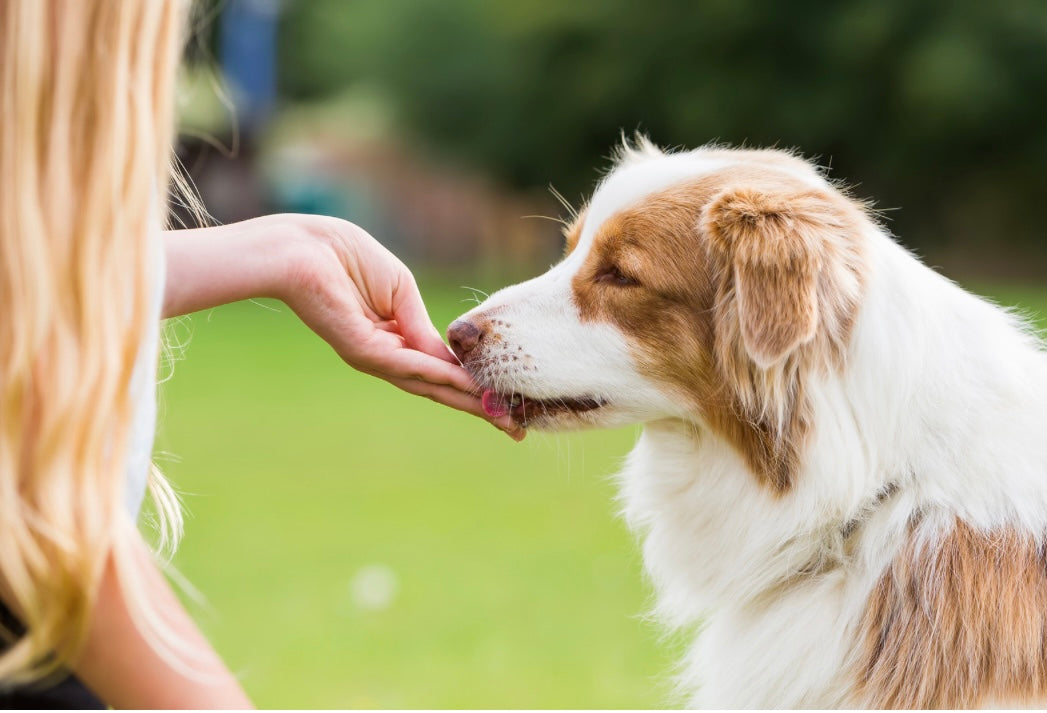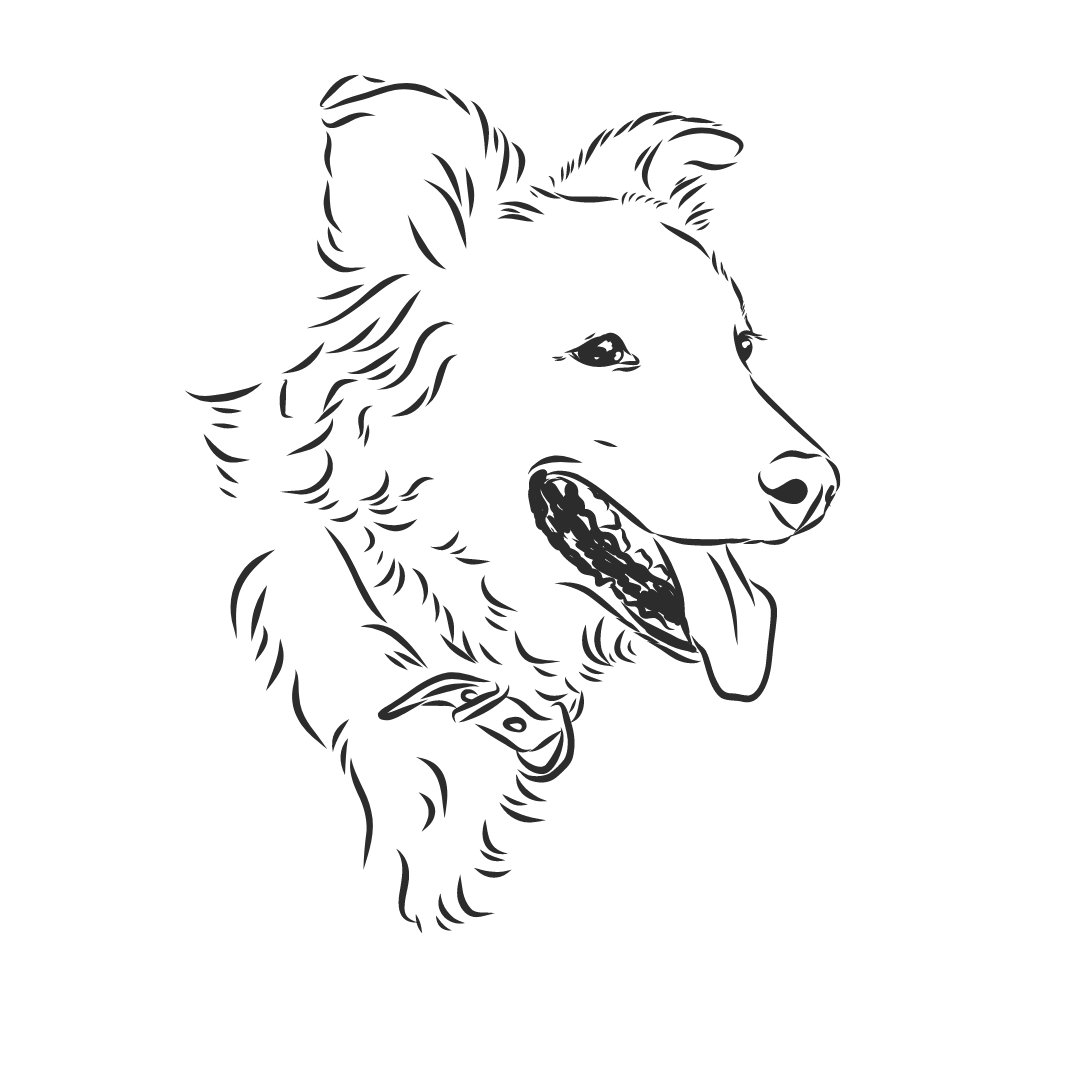 Dog agility training is a thrilling activity that offers both mental and physical stimulation for your dog. It's not just about the agility courses; it's also about building a strong bond between you and your canine companion. However, mastering agility training requires patience, consistency, and avoiding some common pitfalls along the way. We listed some of the most prevalent mistakes made in dog agility training and how to steer clear of them.
Dog agility training is a thrilling activity that offers both mental and physical stimulation for your dog. It's not just about the agility courses; it's also about building a strong bond between you and your canine companion. However, mastering agility training requires patience, consistency, and avoiding some common pitfalls along the way. We listed some of the most prevalent mistakes made in dog agility training and how to steer clear of them.
Neglecting Basic Obedience Training:
Before diving into agility courses, ensure your dog has a solid foundation in basic obedience commands like sit, stay, come, and heel. Neglecting this foundational training can lead to confusion and frustration for both you and your dog during agility training sessions.
Skipping Warm-Up and Cool-Down Sessions:
Just like humans, dogs need warm-up and cool-down sessions to prevent injuries and strain. Ignoring these crucial steps can increase the risk of muscle pulls, joint problems, and other injuries. Spend a few minutes warming up your dog with light exercises and stretches before starting agility training, and conclude each session with a cool-down period to gradually lower your dog's heart rate and prevent stiffness.

Overtraining:
While consistency is key in agility training, overtraining can be detrimental to your dog's physical and mental well-being. Pushing your dog too hard or for too long can lead to burnout, fatigue, and even injuries. Keep training sessions short and engaging, and always be mindful of your dog's energy levels and enthusiasm.
Failing to Adapt to Your Dog's Learning Style:
Every dog is unique, and what works for one may not work for another. Some dogs may thrive on positive reinforcement techniques like treats and praise, while others may respond better to toys or clicker training. Pay attention to your dog's cues and adjust your training methods accordingly to maximize effectiveness and keep your dog motivated.
Inconsistency in Commands and Signals:
Consistency is crucial in agility training. Using inconsistent commands or signals can confuse your dog and hinder progress. Establish clear cues and signals for each obstacle or command, and ensure that everyone involved in your dog's training follows the same protocols to avoid confusion.

Ignoring Safety Precautions:
Safety should always be a top priority in dog agility training. Inspect equipment regularly for any signs of wear or damage, and ensure that agility courses are set up in a safe environment free from hazards.
Focusing Solely on Winning:
While it's natural to strive for success in agility competitions, it's essential to remember that the journey is just as important as the destination. Avoid placing too much emphasis on winning and instead focus on enjoying the process of bonding with your dog and watching them grow and improve with each training session.
Dog agility training is a rewarding endeavor that offers countless benefits for both you and your furry friend. By avoiding these common mistakes and approaching training with patience, consistency, and a focus on safety and enjoyment, you can set yourselves up for success on the agility course while strengthening your bond with your canine companion. Happy training!

SAFETY FIRST:
As always, you should make sure your dog is in good physical health before beginning any agility training. Young puppies should not be jumping over bar heights to protect their joint health. If you're waiting for a puppy to grow up, now is a great time to work on foundation training.



